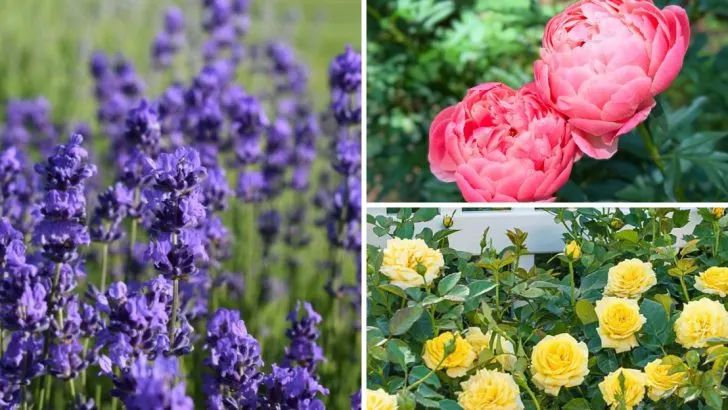It’s easy to fall for a plant’s good looks without realizing it might not feel the same way about your climate. Humidity, in particular, can quietly sabotage even the most well-tended garden. While some plants thrive in muggy air, soaking up moisture like a spa day, others react more like they’re stuck in a damp basement—wilting, spotting, or worse.
Some of the most popular garden picks, especially those with delicate petals or dense foliage, can really struggle in humid conditions. Mold, mildew, and fungal issues creep in fast when the air stays sticky for too long. If you’ve noticed your favorite blooms looking a little off during the height of summer, humidity could be the culprit. Here’s a list of beloved plants that look amazing—just not in muggy weather.
Lavender
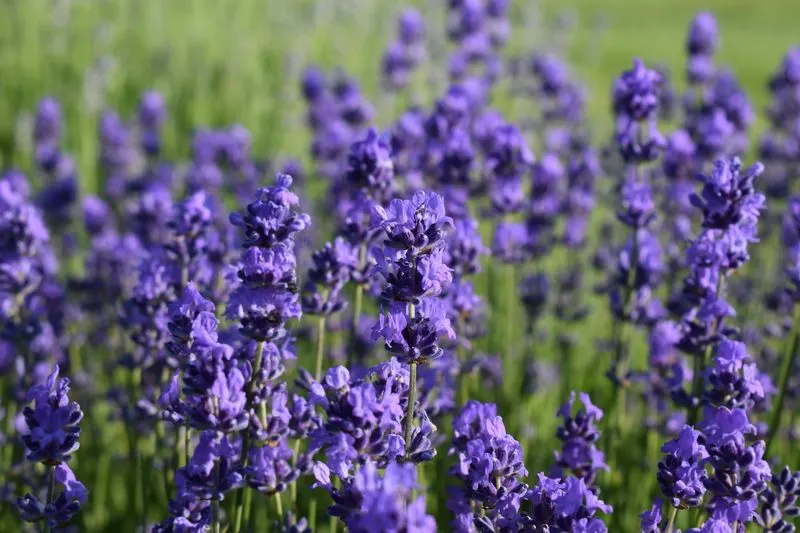
Lavender, with its enchanting fragrance and calming presence, is a garden classic. Known for its ability to soothe the senses, this plant thrives in dry, well-drained soil. However, humidity can wreak havoc on its delicate structure, leading to rot and disease.
In dry climates, lavender becomes a garden’s pride, its purple blooms creating a picturesque scene. Yet in humid areas, it requires extra care to maintain its beauty.
An interesting fact: Lavender’s essential oils are used for relaxation and medicinal purposes. Gardeners must keep moisture at bay to preserve its aromatic essence.
Peony
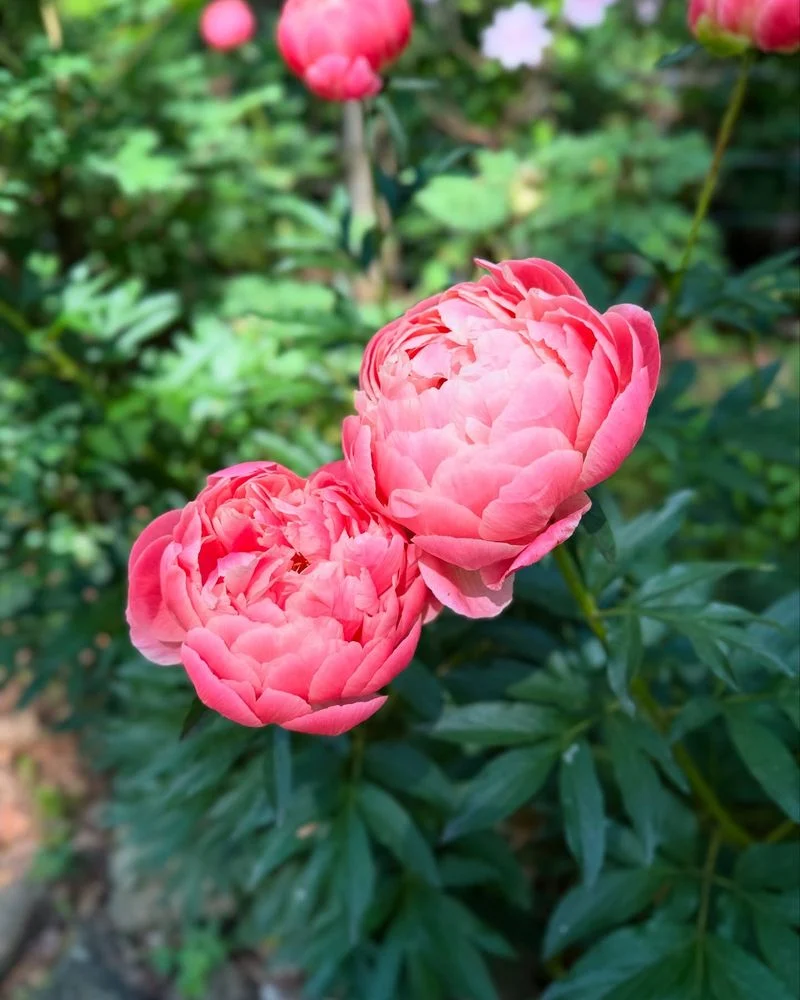
Peonies, with their lush blooms and fragrant allure, are adored worldwide. These flowers prefer cool, dry conditions to flourish. High humidity, however, can lead to fungal issues, spoiling their beauty.
The peony’s blooms are a sight to behold in spring, capturing the hearts of many. In humid climates, gardeners must be vigilant to protect these delicate flowers from excessive moisture.
Did you know? Peonies can live for over a hundred years, often passed down through generations. Maintaining the right environment ensures their longevity and continued splendor.
Roses
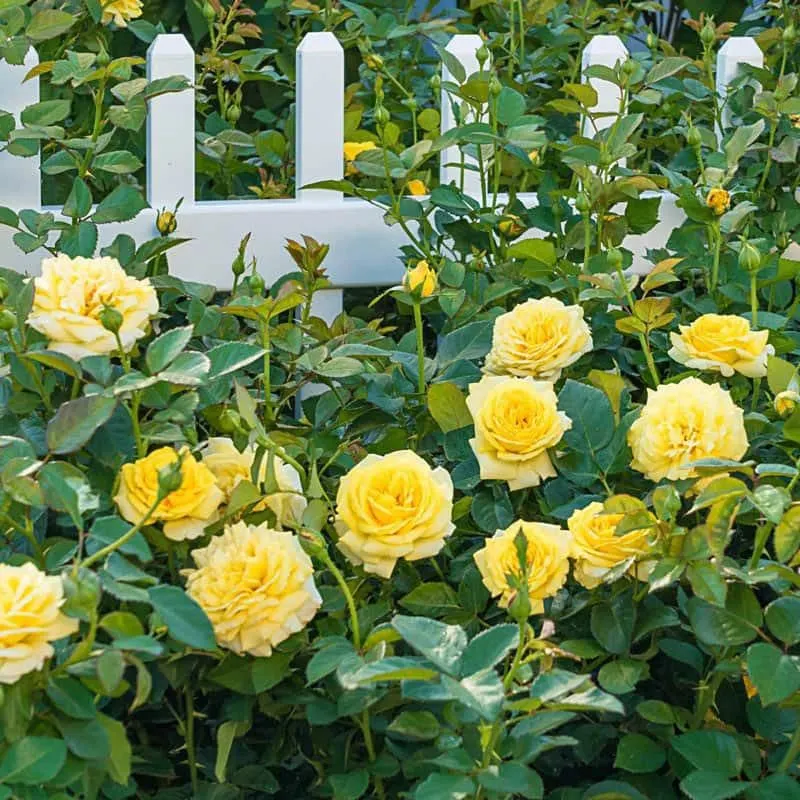
Roses, the symbol of love and admiration, are cherished in gardens worldwide. These blooms prefer moderate climates, as high humidity can invite diseases like black spot and powdery mildew.
In drier areas, roses flourish, their intoxicating scent adding romance to any setting. In contrast, humid conditions require diligent care to keep them healthy.
Fun fact: Roses have been cultivated for over 5,000 years, with each color offering different symbolic meanings. Ensuring the right conditions allows these timeless flowers to thrive in any garden.
Foxglove
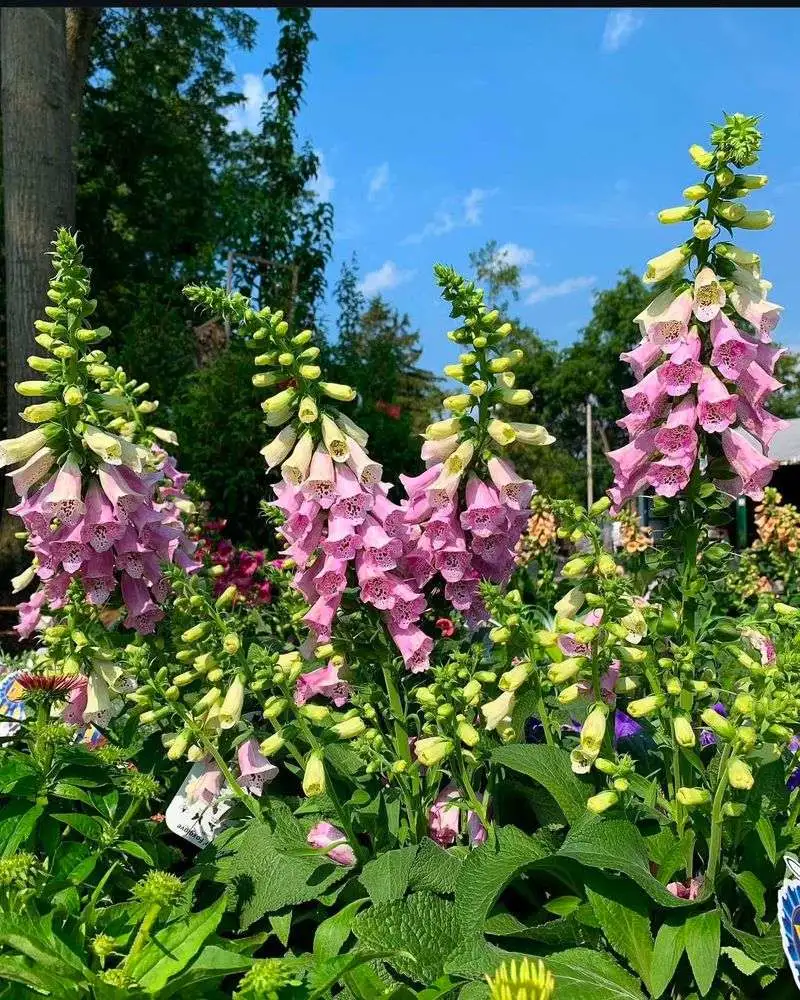
Foxgloves, with their towering spires of bell-shaped flowers, add elegance to any garden. These plants prefer cooler, less humid environments to reach their full potential.
In ideal conditions, foxgloves attract bees and other pollinators, making them a gardener’s ally. However, in humid climates, they can suffer from fungal diseases that mar their beauty.
A quirky fact: Foxglove contains digitalis, used medically to treat heart conditions. Gardeners must ensure proper airflow to keep these stunning plants healthy and thriving.
Snapdragon
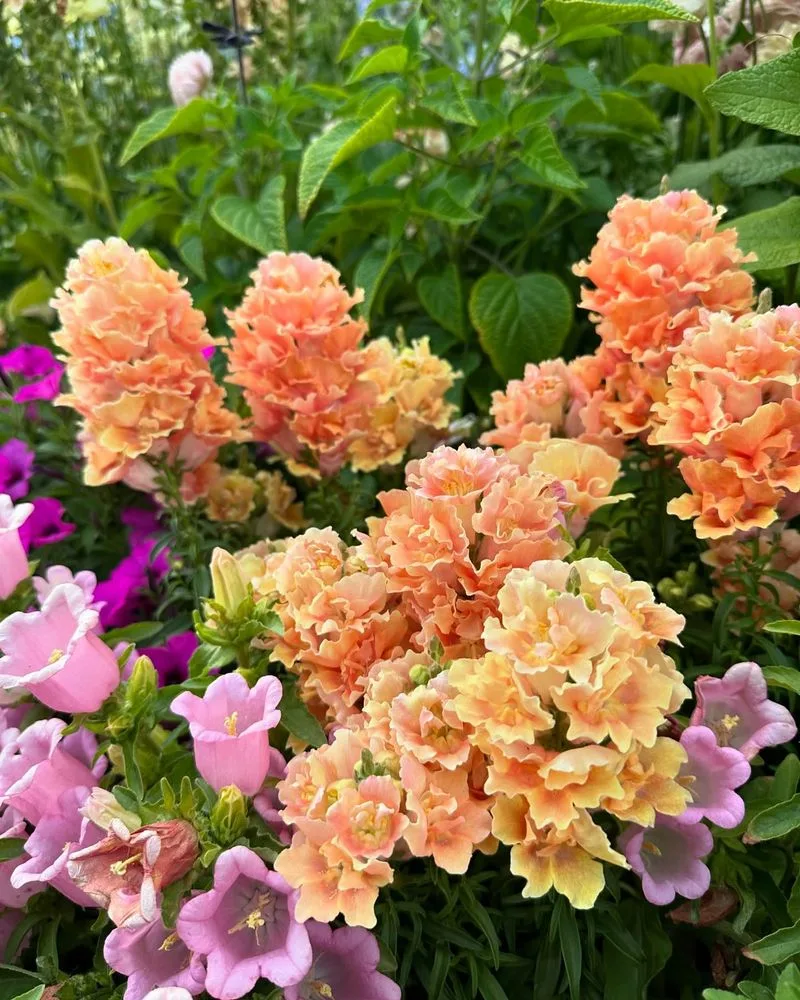
Snapdragons, known for their vibrant colors and whimsical flower shape, are a delight in any garden. These flowers do best in cooler, less humid climates, where they can show off their full beauty.
In the right conditions, snapdragons bloom profusely, attracting butterflies and hummingbirds. High humidity, however, can lead to issues like rust and mildew.
Did you know? Snapdragons get their name from the dragon-like appearance of their blooms. Providing well-drained soil and good air circulation helps them flourish even in challenging environments.
Tulip
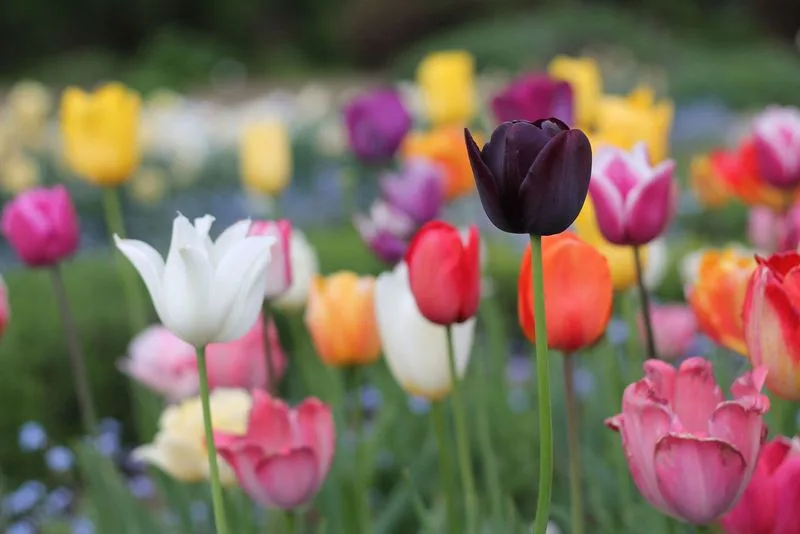
Tulips, with their cup-shaped blooms and vibrant colors, are a springtime favorite. These bulbs prefer dry conditions, as humidity can cause them to rot before they even bloom.
In suitable climates, tulips paint the garden with their vivid hues. In humid areas, gardeners must take care to plant them in well-drained soil to avoid disappointment.
A historical tidbit: Tulips were once so valued that they sparked a financial frenzy known as “Tulip Mania” in the 17th century. Ensuring the right conditions allows these fascinating flowers to continue captivating gardeners.
Hollyhock
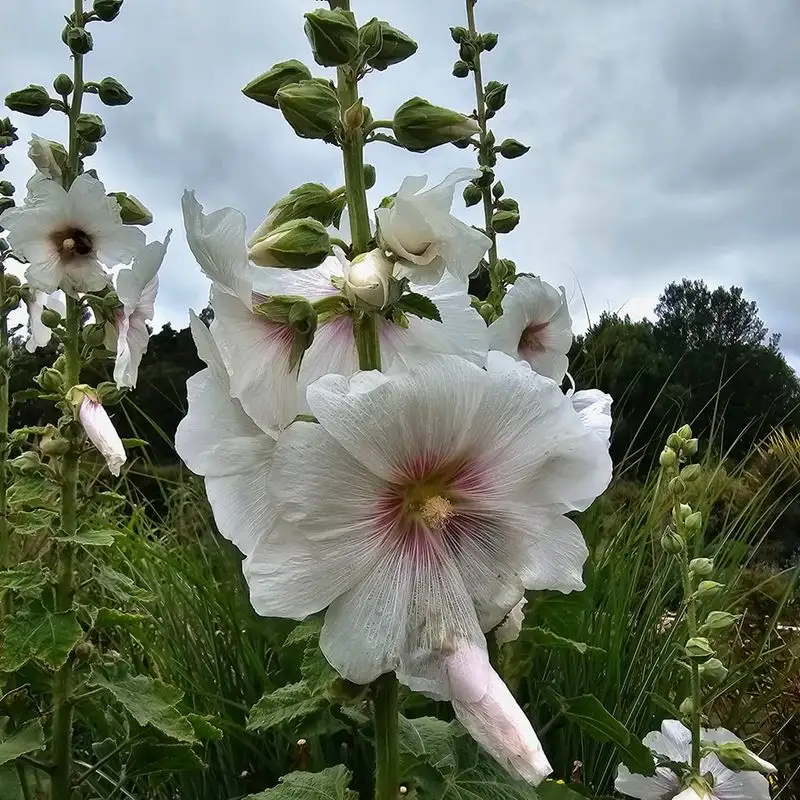
Hollyhocks, with their towering stems and charming blooms, evoke a sense of nostalgia. These plants thrive in sunny, dry conditions, as humidity can cause rust and other diseases.
In the right setting, hollyhocks create a stunning backdrop in gardens, attracting bees and butterflies. Humid climates, though, demand careful attention to prevent their vibrant display from wilting away.
Fun fact: Hollyhocks have been cultivated in gardens since the 15th century. Providing adequate space and airflow can help these timeless beauties stand tall, even in less-than-ideal conditions.
Pansy
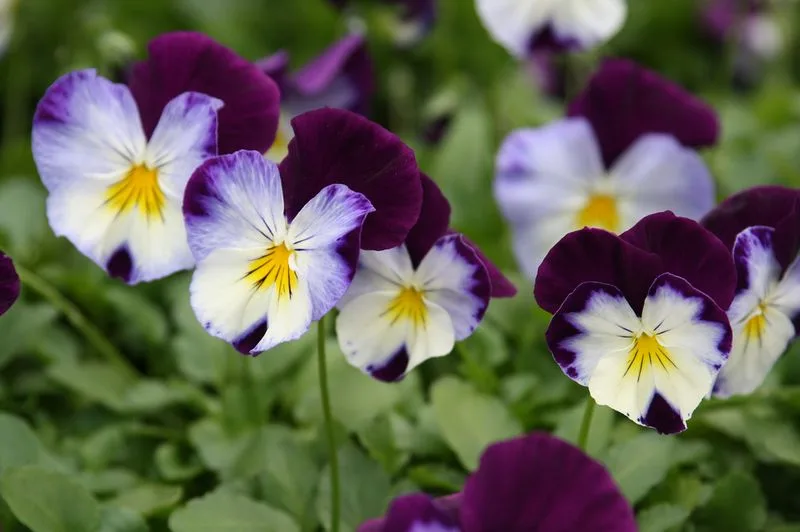
Pansies, with their cheerful faces and diverse colors, bring joy to any garden setting. These hardy flowers prefer cooler temperatures and shy away from excessive humidity.
In optimal conditions, pansies bloom abundantly, adding a splash of color to containers and borders. Humid weather, however, can lead to leggy growth and reduced blooming.
Did you know? The name “pansy” comes from the French word “pensée,” meaning thought. Ensuring proper soil drainage and air circulation can help these thoughtful flowers thrive even when humidity levels rise.

